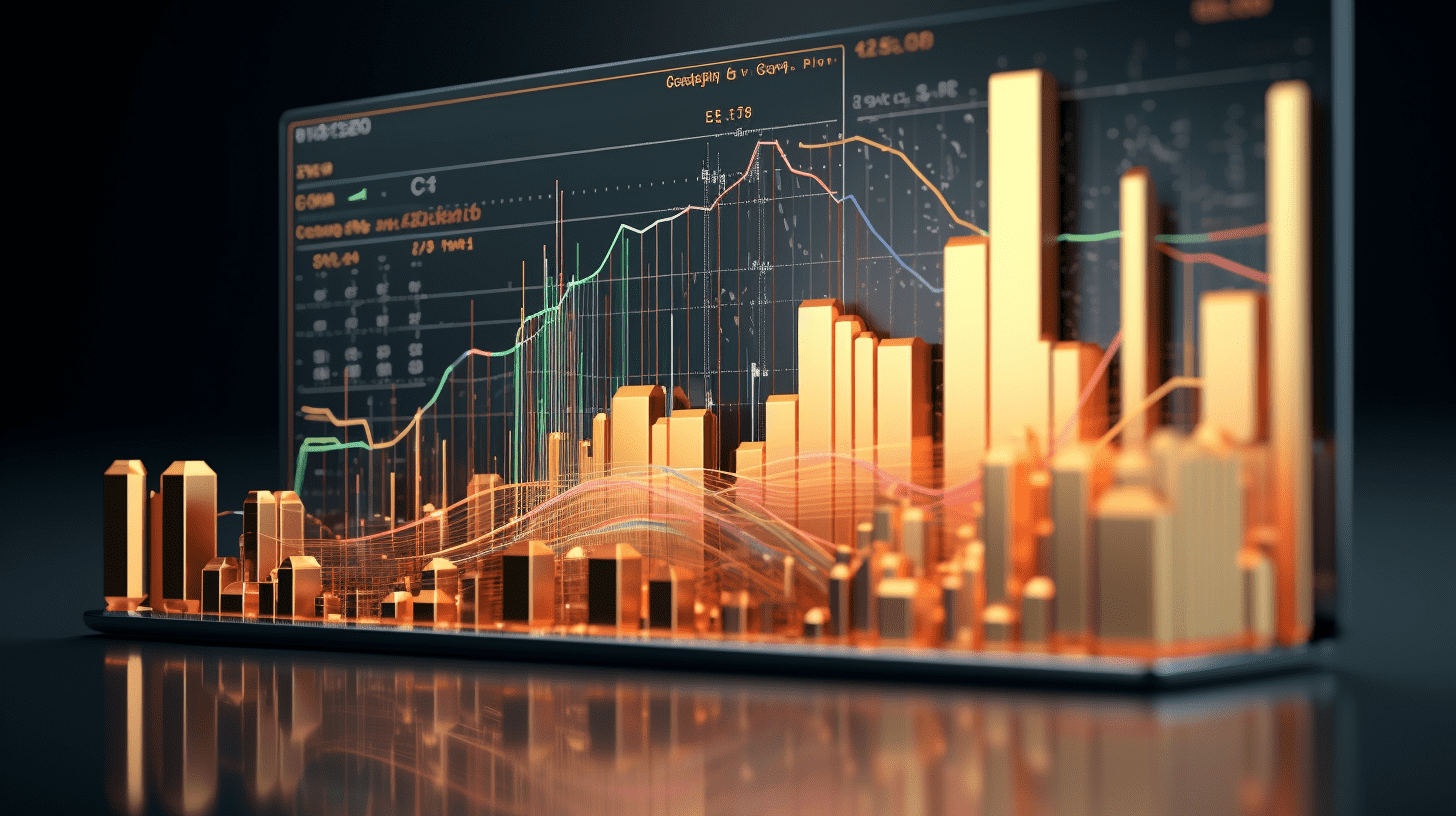"Milestone Moment" in the Stock Market: There are more ETFs in the US than stocks. Investing no longer involves picking individual stocks, but rather "choosing ETFs."
The number of ETFs in the US market now exceeds the number of individual stocks. According to data compiled by Morningstar, the number of exchange-traded funds (ETFs) in the US stock market has now surpassed 4,300, surpassing the total number of stocks.
It is understood that the "unprecedented prosperity" of promoting US investment in democracy is reaching a critical point - the number of ETFs in the US stock market now exceeds individual stocks, and retail investors and investment institutions such as Wall Street hedge funds are facing an increasingly embarrassing and complicated situation of surplus and complexity of ETFs to choose from.
According to data compiled by Morningstar, as new products are launching at an astonishing rate, there are now over 4,300 exchange-traded funds (ETFs) in the US market, surpassing for the first time the total number of US stocks of about 4,200. According to statistics from the Investment Company Institute, ETFs account for about a quarter of all investment tools in the US, far higher than the 9% ten years ago.
Although this diversity of ETFs reduces costs and taxes for retail investors and can bring attributes of both lower volatility and stronger excess alpha, it also brings great trouble. For traders, both retail and institutional, sifting through page after page of ETFs can be a very difficult task.
"This kind of choice is good until it becomes a burden," said Douglas Boneparth, senior fund manager at Bone Fide Wealth, which manages around $115 million in assets in New York. "When there are too many options, there is a paradox of choice, investors may feel paralyzed instead of empowered by ETF investing."
This also intensifies the survival battle between ETF issuers. In order to differentiate and justify charging higher levels of ETF management fees, issuers have introduced highly risky funds - such as single-stock ETFs, leveraged and inverse ETF product lines - critics say retail investors may not fully understand these products and the unusually high leverage inherent in ETF risks is not suitable for all retail investors.
As a result, the ETF market is becoming increasingly saturated and more complex, with thousands of almost identical ETF investment strategies, ETF ticker names sounding similar, many ETFs may be difficult to attract long-term interest, and the end result may be forced closures, ultimately harming a large number of investors.
Now more ETFs than stocks
Issuers have been busier than ever before this year, having launched over 640 ETFs to date, setting a historical record for the issuance rate, equivalent to an average of about four new ETFs listed every day. The number of ETF funds listed in the first half of the year - 469 - is nearly 50% higher than the same period last year and about 140% higher than the previous five-year average. Bloomberg Intelligence data shows that there were 108 new ETF funds entering the market in June alone, setting a record for the highest number of new ETFs introduced in a single month.
ETFs now cover every investment area imaginable.
These new ETFs are replacing more traditional investment choices. In recent years, the number of open-end mutual funds, closed-end funds, and unit investment trusts has been declining, and new ETFs continue to emerge, maintaining the total number of fund investment choices at a stable level of about 16,000.
Among the many new US stock ETF products issued, most are actively managed investment strategies. Many ETF products come with additional income-generating components, and some focus on the defense investment sector. Issuers have even actively launched money market ETFs, thematic funds associated with various countries, cryptocurrency-related ETF products, and more.
"Now there is an ETF for almost everything - AI, pets, cannabis, 'awakening' and 'anti-awakening' combinations," Boneparth said. "It's hard to tell if you are investing in something meaningful for the long term or just completing a BuzzFeed online quiz."
This has also led many investors to believe that they need help from external institutions. According to research firm Cerulli, the proportion of self-directed investors (individual investors who make their own investment decisions independently) has decreased from 41% in 2009 to 25% in 2024.
"People are starting to seek professional advice from major institutions because they don't even know where to start with ETFs," said Scott Smith, senior director of advisor relationships at Cerulli.
Investors are finding it harder to choose
Managing a YouTube channel with 28,000 followers discussing ETF and stock investments, Spencer Dunbar has also noticed the surplus of investment choices. He recently searched for an income fund based on the Coinbase Global Inc. stock on a cryptocurrency platform. To his surprise, there were eight options, and some codes were almost indistinguishable: CONY, COIW, COYY, and COII, among others. It takes longer to research each product than usual.
"The pressure is definitely high. You have to constantly keep up with what's happening, you can't miss a day in the market because what if a new fund comes out that performs better?" Dunbar, 27, said in an interview in California. "Because there are too many new ETFs being issued, you have to rely heavily on daily investment reviews."
For some professional investors, the surplus means that the industry has gone too far in the selection of certain thematic ETFs. For example, there are nearly 70 ETFs focused on bitcoin, with about one-third being launched this year alone.
"Choice overload dominates everything around us - from grocery store shelves to the constantly expanding menu of ETFs," and the continuous experimentation brings a "surge of products," said Ben Johnson, head of client solutions at Morningstar. "Only ETFs with lasting appeal will survive long-term." He gave an analogy: "Trying Crystal Pepsi was fun but also a bit nerve-wracking. But there are many reasons it's not on store shelves anymore."
Related Articles

Potential Federal Reserve Chair candidate Logan hints: There is still room for balance sheet reduction, September's money market may face another test.

Powell's speech heat has not yet dissipated, Nvidia's financial report will be released this week, can the S&P 500 continue its upward trend?

The price drop combined with developer incentives stimulates the unexpected surge in new home sales in the United States in July.
Potential Federal Reserve Chair candidate Logan hints: There is still room for balance sheet reduction, September's money market may face another test.

Powell's speech heat has not yet dissipated, Nvidia's financial report will be released this week, can the S&P 500 continue its upward trend?

The price drop combined with developer incentives stimulates the unexpected surge in new home sales in the United States in July.

RECOMMEND

Alibaba and Meituan Spend Billions, Yet the True Winners of the Food Delivery Battle Have Emerged
25/08/2025

Hong Kong Overtakes the U.S. as Mainland Companies’ Premier Offshore Listing Venue
25/08/2025

General Administration of Customs Reports Record Trade Oversight Since the 14th Five-Year Plan
25/08/2025


